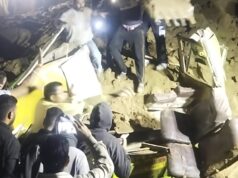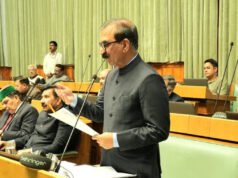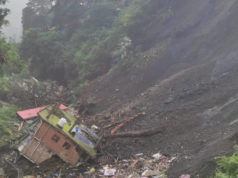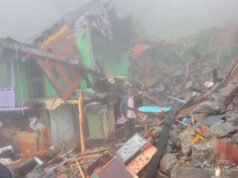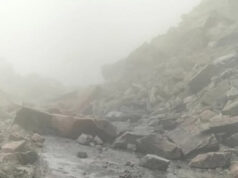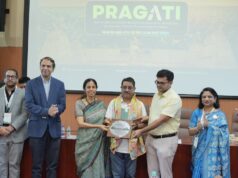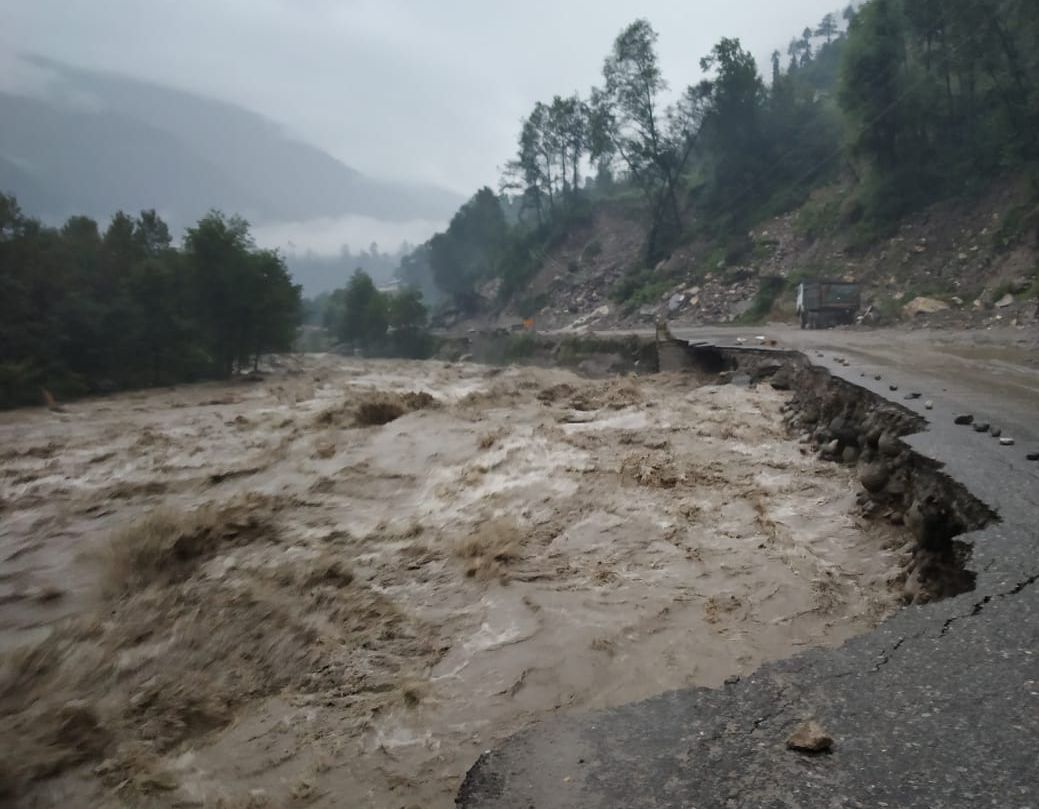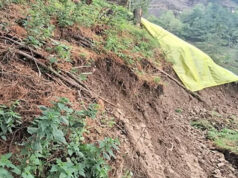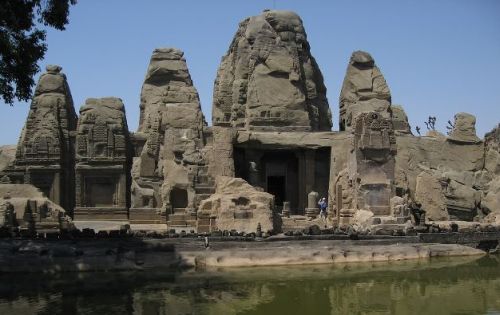IIT-Ropar warns of doubling landslide risk, rapid deforestation, and loss of water bodies by 2050
Himachal Pradesh is staring at an ecological crisis, with a new study by scientists from IIT-Ropar warning that unplanned urbanisation and climate change could double the state’s landslide-prone area by 2050. Using artificial intelligence (AI) and mathematical models, the researchers found that the area vulnerable to landslides could increase from the current 11% to around 21% over the next 25 years.
The study has raised red flags over the dramatic transformation of Himachal’s natural terrain. Around 27% of the state’s current snow and ice-covered zones are projected to turn into barren land due to rising temperatures. Additionally, the researchers estimate that 5% of the state’s water bodies could shift into sparse forests, and 2% could give way to built-up areas or farmland.
The state’s forest cover is also under pressure. Dense forests, which currently form a major part of Himachal’s green cover, are expected to shrink by about 19%, converting into sparse vegetation or being lost to development. At the same time, built-up areas have already grown from 5% to 8% of the state’s total area — a trend likely to continue as population and construction activity rise.
Reet Kamal Tiwari, one of the lead scientists involved in the study, said, “Anthropogenic land use and construction patterns are destabilising the hills. Unchecked urban growth, slope cutting, road projects, and illegal mining are accelerating the rate of landslides.”
The study identifies several human-induced factors contributing to slope instability — including excessive earthwork, vegetation loss, soil sealing, and changes in slope profiles. Worryingly, even low-slope zones — previously thought to be safer — are becoming more vulnerable due to heavy construction and environmental degradation.
According to the researchers, global warming is compounding these problems by triggering extreme weather events like flash floods, heatwaves, and intense rainfall, all of which increase the risk of landslides. The scientists have emphasized the urgent need for the state government to promote sustainable development, especially in ecologically sensitive zones of the Himalayan region.
Tiwari added that the government should release more open-source environmental data to help researchers assess the long-term impact of climate and development activities. “These studies are essential to help the government revise its land use policies and formulate effective mitigation strategies,” he said.
The team has recommended that detailed natural hazard maps be prepared and used as a planning tool for future urban development. Without immediate corrective action, the fragile ecology of Himachal could face irreversible damage in the coming decades.


